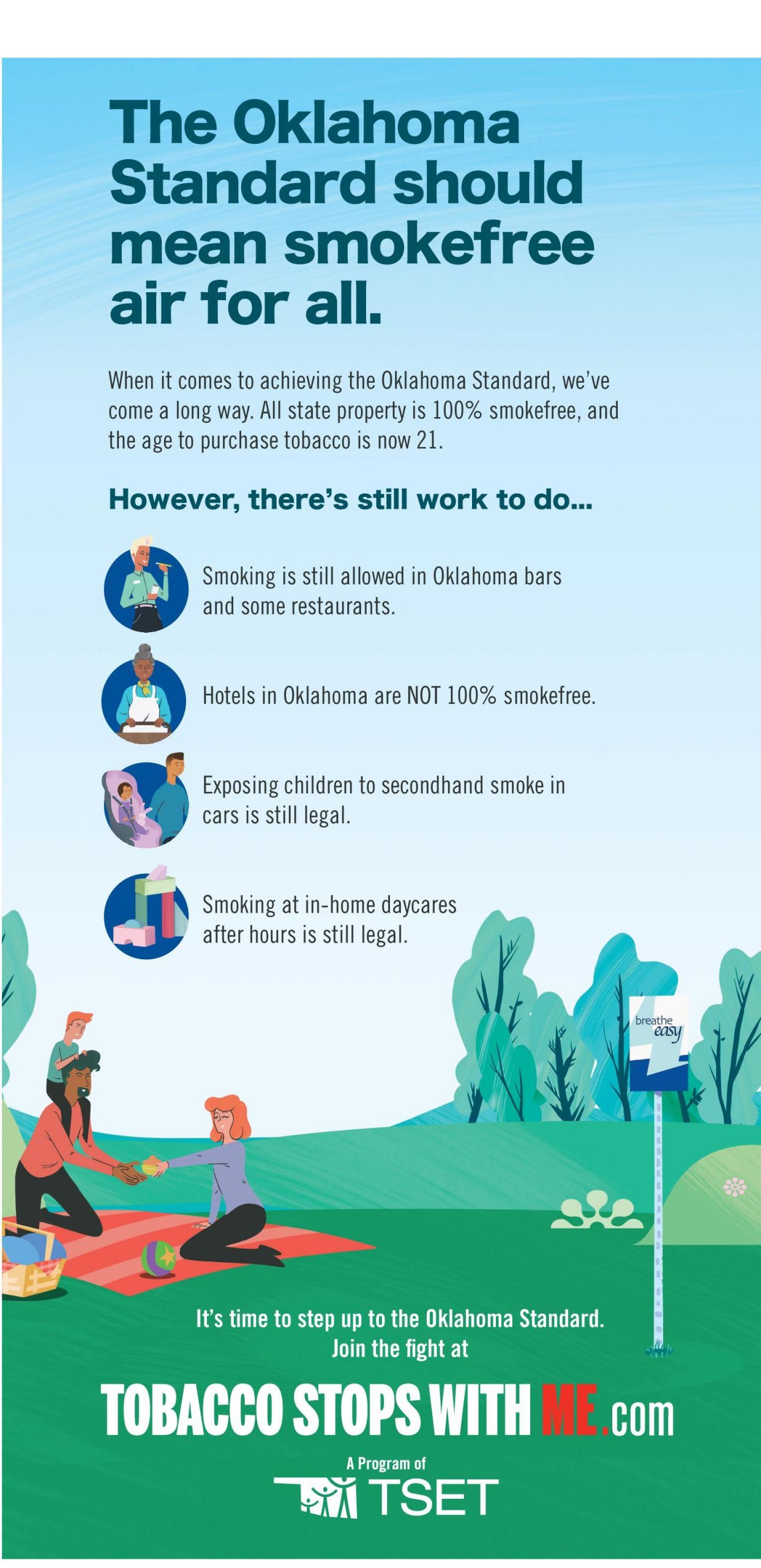LAWTON, Okla. – For many small business owners, the road ahead for the COVID-19 pandemic may seem like it’s getting longer: 66% of small business owners are concerned about having to stay closed or close again, according to a recent MetLife and U.S. Chamber of Commerce poll. Now, with winter approaching and cases rising throughout the country, questions are arising about how small business owners and their employees can persevere through these unprecedented times.
One perhaps-surprising potential answer: open enrollment.
For many small business owners navigating the uncertainties of the pandemic, it might feel like open enrollment season couldn’t be coming at a worse time. However, employees are placing more importance on the benefits election process this year, with nearly half (48%) stating that open enrollment is more important in 2020 than ever before. When asked about the significance of this year’s benefits election process, two-thirds of these employees (67%) cited a pandemic-related reason – including worries over financial security or losing income due to COVID-19 (34%) as well as rising healthcare costs (31%).
By leveraging this moment as an opportunity to reimagine the benefits elections processes with efficiency and transparency, employers today are better positioned to address employee concerns, inspire confidence, and chart a path forward together. With this in mind, here are four tips for employers this open enrollment season.
1. Leverage digital integrations.
When the pandemic started, many small businesses had to go digital for the first time – whether by switching to strict work-from-home policies or taking their retail presence online – to keep their business running amid lockdowns and social distancing orders. As COVID-related restrictions become the norm, many small business owners are leveraging this time to double down on the digital skills they’ve cultivated throughout the past several months and meet the demands of today’s increasingly virtual world. According to the MetLife and Chamber of Commerce poll, 1 in 4 small business owners are now increasing their e-commerce or digital payment options in response to the pandemic.
When thinking about how to adapt your small business to today’s new virtual world, it’s important to consider how the open enrollment process can be simplified through digital tools, too. Particularly at a time when many of us are working remotely, digital integrations to the open enrollment process – from online webinars to personalized e-sign forms – can help employees make important financial decisions from home or anywhere.
Given that 4 in 10 employees state that they struggle to balance the demands of today’s always-on work mentality, these tech-driven enrollment features can allow employees to take the time that they need to carefully consider and select their benefits. Particularly as more small businesses extend work from home policies into 2021, employers should act quickly to keep up with this new digital pace.
2. Tune in to employees’ financial wellness.
The widespread and sudden fiscal impacts of the pandemic, such as stock market volatility, pay cuts, and healthcare expenses, have prompted many employees to reassess their financial plans this year. In fact, over half of all employees are concerned about their financial health in the wake of the pandemic, and 7 in 10 employees say that “improving financial health” is one of their most important goals this year.
Against the backdrop of these growing financial burdens, employees are relying on their employers more than ever to help boost their financial health. Today, 80% of employees agree that their employers should be responsible for their overall well-being – up seven percentage points from before the pandemic (73%). That’s why, as we approach a seemingly unpredictable 2021, it’s important for small business employers to listen to their employees’ evolving needs and arm them with the tools necessary to take charge of their finances.
What employees want and need from their employer this year will likely look different than past open enrollment seasons. Just consider that 3 in 4 employees say they have particular benefits that they’re more interested in this year compared to years past. When thinking about expanding which benefits are offered to employees this year, employers can start with considering popular options like life insurance, pre-tax health savings accounts and financial planning tools that help employees find a sense of security in these turbulent times.
3. Streamline burdensome processes.
It’s an unfortunate truth: 2 in 3 employees today feel more stressed than before the COVID-19 pandemic. Forty-nine percent of employers cite burnout as a top concern, up significantly from 37% in 2019, and many small business owners could fear that open enrollment will just add to that stress.
Especially with potentially limited resources compared to larger corporate competitors, small business employers can feel like they don’t have what their employees need today. However, it’s important to take the time to research the potential offerings available, as the landscape is constantly changing. For example, some insurers now offer small business employers easy access to more vital benefits like accident, critical illness, and hospital indemnity benefits, such as MetLife’s partnership with GIS Benefits. A personalized approach to benefits by listening and addressing employees’ needs is better than offering a blanket slate of benefits.
Additionally, employers should streamline the benefits election process further by offering only the most pertinent information to employees through a personalized open enrollment platform. In doing so, employers can make lengthy, complex processes clearer and more efficient.
4. Remain transparent.
Of course, all the steps we are talking about for enrollment are essentially rendered meaningless unless employees understand the benefits they’re selecting. Just consider that today, as many as 15% of employees admit they don’t understand the benefits they signed up for, and 30% don’t know what open enrollment is, which can lead to uninformed decisions with inadvertent financial consequences.
Accordingly, throughout the open enrollment process, employers should ensure they’re being as transparent as possible in order to help employees make informed and educated decisions. Holding HR open-door hours, virtual open enrollment Q&As and being proactive with informative weekly newsletters are just a few of the ways that small business owners can help their employees feel more confident in their benefits decisions this year. These strategies are especially important for certain demographics who feel unsure about their benefits decisions this year: For example, Gen Z-ers, who are just starting their careers during this unprecedented time (26%), along with people who are undergoing significant life changes like new parents (24%), are understandably among the most insecure about making benefits decisions this year.
This level of transparency is a win-win scenario for both parties in terms of long-term talent retention and productivity. When they know their employer is offering benefits and resources that support their growth, as many as 81% of employees feel more engaged, and 87% feel more productive.
With 55% of small business leaders anticipating that it will take at least six months for the business climate to return to normal, it’s clear that employers must take tangible steps today to protect their employees for whatever lies ahead tomorrow. By reimagining open enrollment processes to be faster, easier, and more accessible, we can begin to lay the groundwork for a more comprehensive network of benefits that help employees withstand the COVID-19 pandemic, and also promote financial wellness in the years to come.




